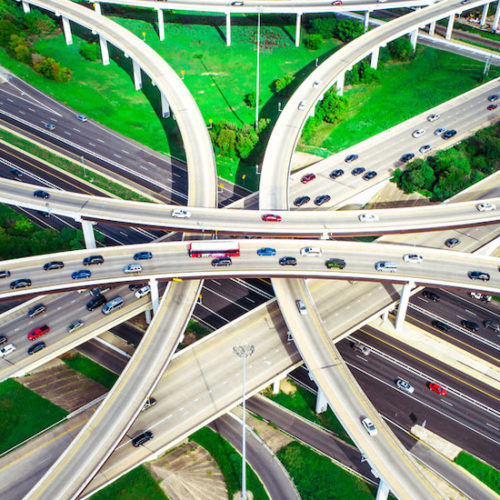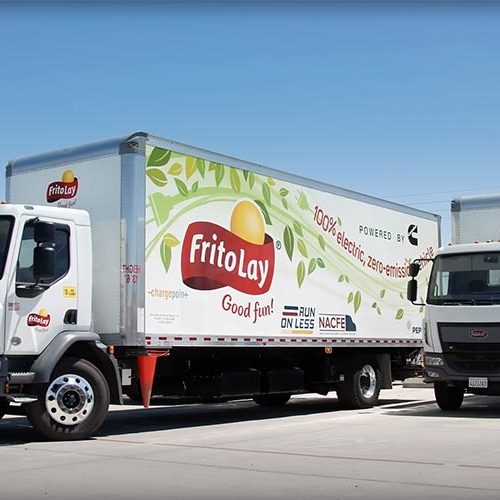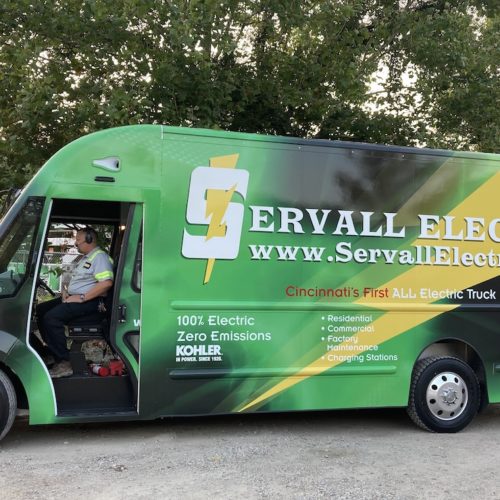
Transportation

More Lanes Do Not Mean Less Traffic
In Austin, Texas, a battle is underway to reverse the ills of a highway that is increasingly perceived as a racial and environmental scar on the city. Running through the heart of the city, I-35 evolved over the decades from a modest boulevard to an elevated, double-decker highway that…

Electric Trucks Make Sense—We Now Have the Data to Prove It
Pat Brandon has been hauling wine from Sonoma to Napa county for 10 years as a driver for Biagi Bros. But now, he is doing it in an electric truck and couldn’t be prouder. “The first time I ever drove this truck I was like, ‘What, you picked me to…

Shoonya Will Electrify Urban Deliveries in India—Is the World Next?
Delivery vehicles contribute to the NOX, PM2.5, ozone, and other hazardous pollutants that take years off the lives of city dwellers in India and elsewhere.

Electrifying Trucking from Delhi to Shenzhen & San Francisco
Global road freight demand, driven by GDP and population growth, is expected to increase by more than 45 percent over the next two decades—leading to over 60 trillion ton-km by 2040.

Growing a Zero-Emissions Transportation Ecosystem in Cincinnati
Servall is one of the thirteen companies participating in Run on Less – Electric (RoL-e), a real-world demonstration of zero-emissions delivery.